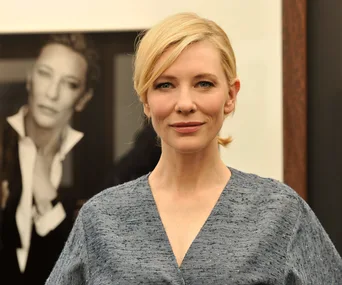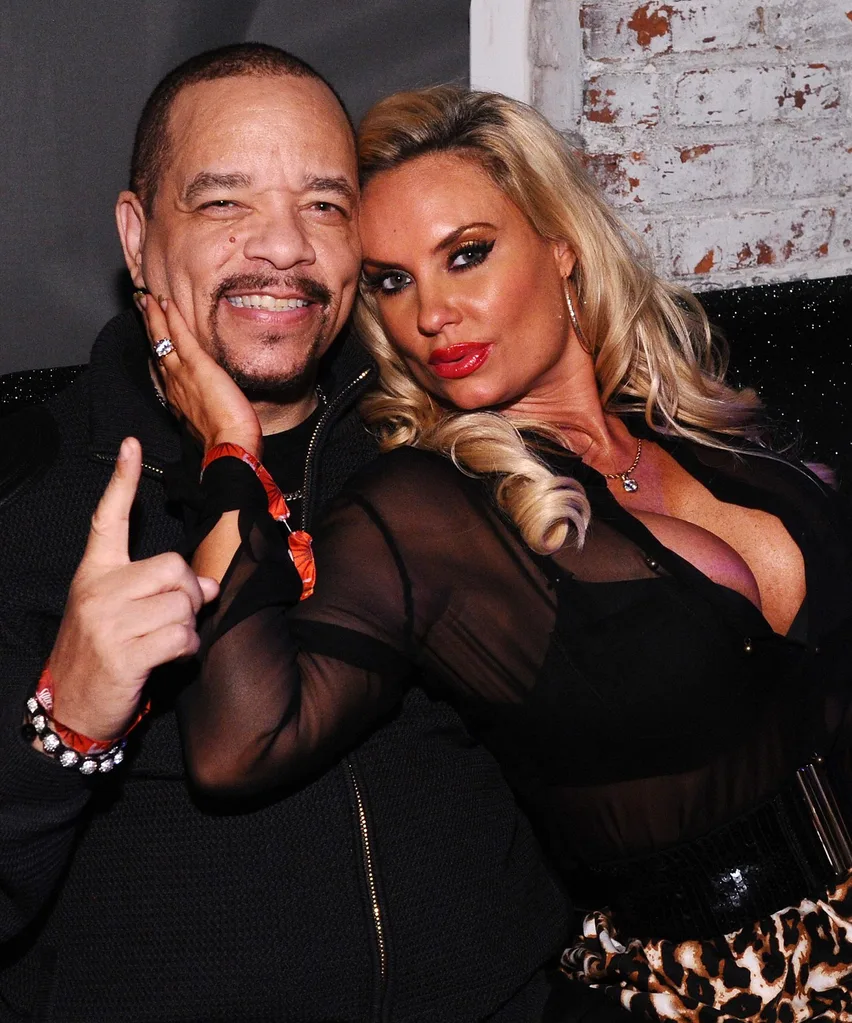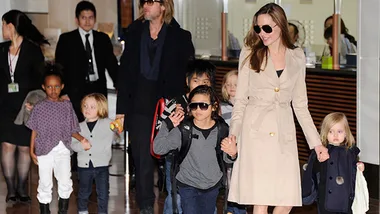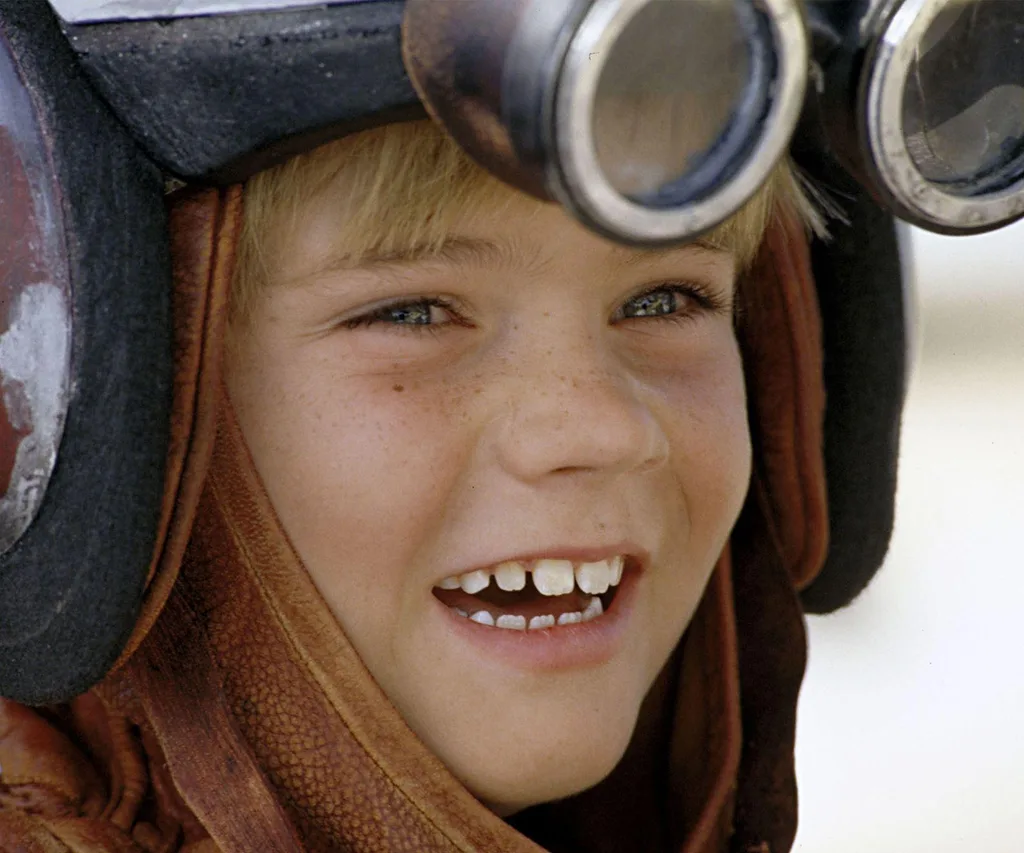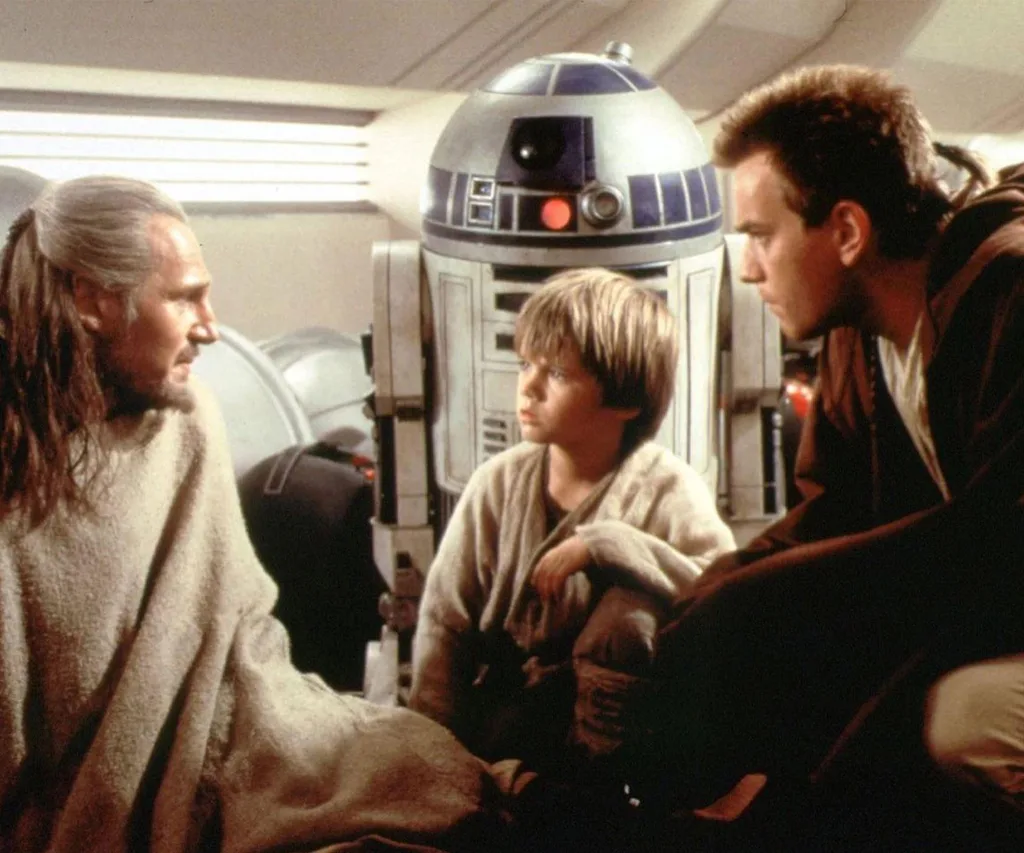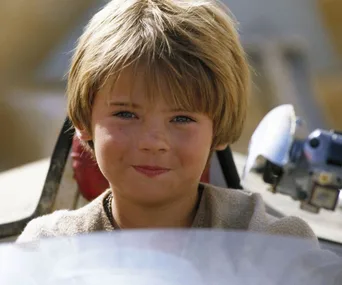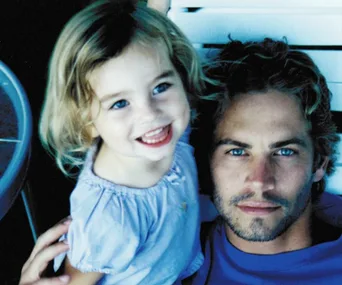We’ve all heard it before; a proud owner of a new puppy stating how similar to having a baby it is.
Not to take anything away from dog lovers who treat their “fur babies” like children, and heaven knows, children act similarly to animals at times so the comparison is not a crazy one, but the fact is a getting a new dog, owning an old dog, or having any form of canine ownership is actually nothing like having a child.
Sure, a puppy pees on the carpet and cries all night if you lock it in the laundry, but that stage lasts merely weeks before it’s suddenly rocking the house rules and dazzling everyone by rolling over on command.
Kids don’t do anything on command until they’re about 25 and then they usually hit you up for money.
Your dog will sleep soundly at your feet from about 12 weeks. 12 weeks is when babies often have some bizarre sleep regression and wake you up every 30 minutes until your nipples bleed and you become zombie mum.
Zombie mums leave tv remotes in freezers, lock keys in cars and forget babies at the supermarket. Sometimes they cry for no reason.
My own children went through a licking and biting phase similar to a puppy, but a quick face lick from progeny is far nicer than a face full of dog breath when you know exactly what it was licking five minutes ago. Also, knowing that your kid is definitely never going to bite someone’s face off and need to be put down is quite a relief.
I’ve never had a baby chew my favourite pair of sandals because it loves my foot pheromones, and when a baby hugs my leg it’s adorable. When a puppy hugs my leg, it’s actually called humping.
I saw someone’s Facebook status update recently that read:
It wouldn’t be morning without the puppy trying to root my leg. #notaeuphamism
I never saw that status pertaining to a child.
A dog won’t throw a tantrum in the supermarket forcing you to leave a half-full trolley in aisle six and head home empty handed and embarrassed, or freak out because you opened its yoghurt the wrong way. In fact, a dog will show gratitude for any food you offer it.
This….this is not at all like a child.
A dog requires far less washing and folding of teeny little clothes which is a definite pro but you will never be able to train it to bring you tea and toast in bed. – a major con.
Getting a dog is a huge responsibility but if things really don’t work out with Fido you can re-house a pooch much easier than re-housing a baby when the penny drops and you realise it’s actually a stonkingly huge commitment for the next 15 years.
Unlike your old pooch who is in its puppy twilight years getting ready to pop his paws and head to doggy heaven by that time, that is when your teen is revving up to really put you through your parenting paces.
No matter how well trained, smart or loving a dog is, it is still a dog who leaves fur on your black clothes and doesn’t communicate like a human. That said, babies don’t communicate like humans and there is also a really sketchy phase in the teenage years and some males of the species too.
The argument is not about whether dogs are better or kids are better, because clearly they both come with grand lists of pros and cons, but it’s about owning up to the fact they are not really comparable at all.






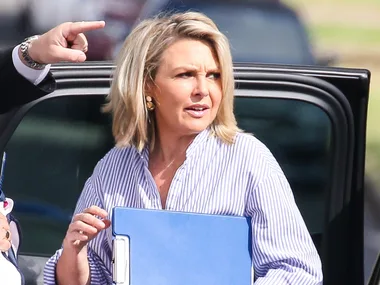

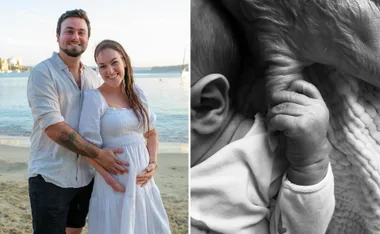

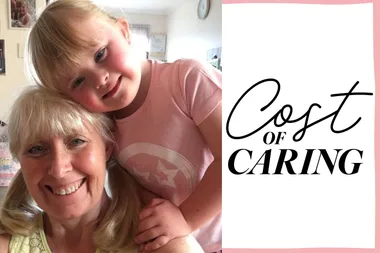



.jpg?resize=380%2C285)
